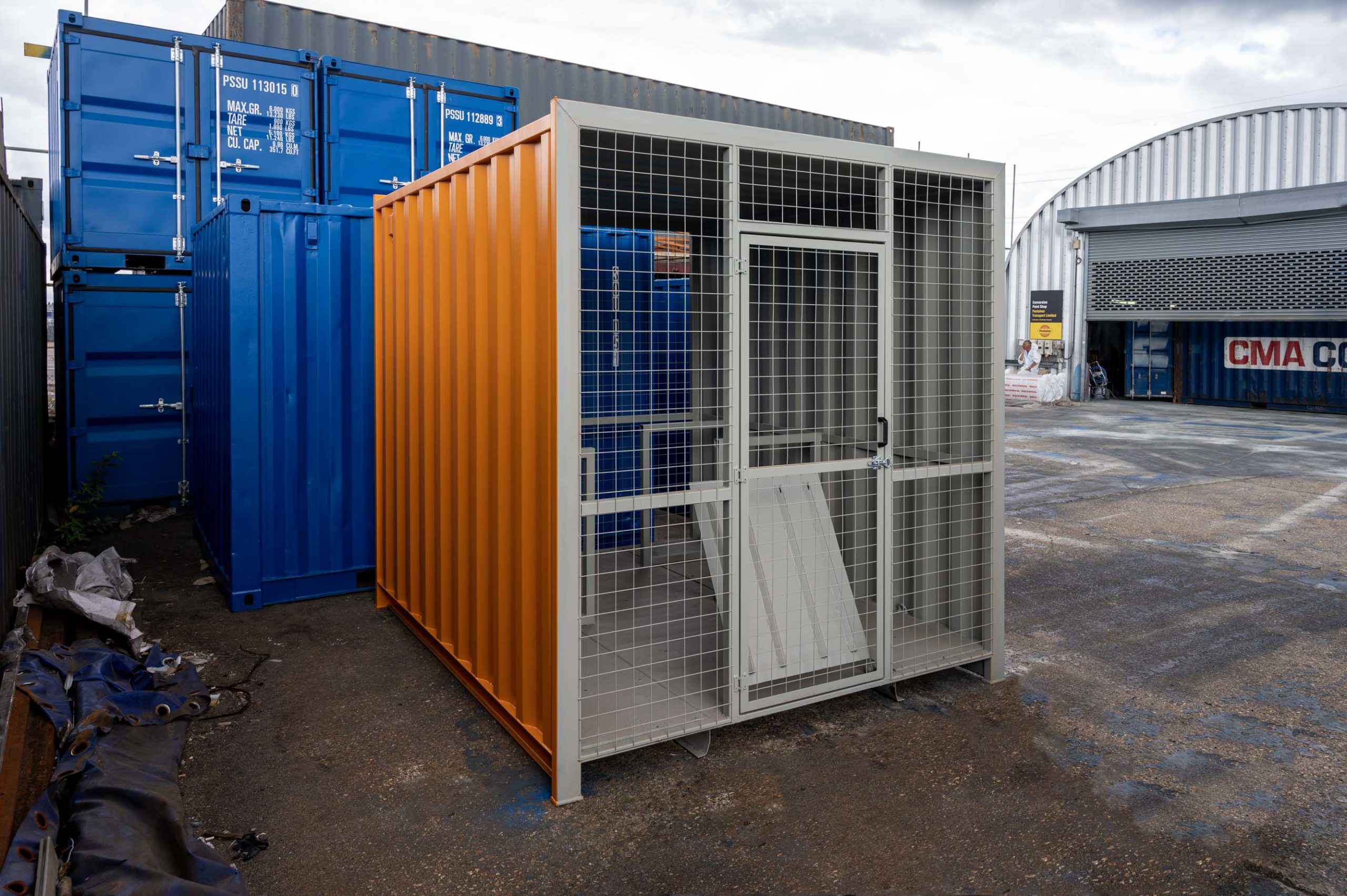It was not just the fascinating battle for survival of Mark Watney, an astronaut stranded 140 million miles from home in a pod designed to last 30 days with a bag of potatoes and a load of 1970s disco music; the film came out at a time when probes have been scouring the planet to search for signs of past life and Elon Musk has talked openly of establishing a human colony there.
For that reason, perhaps it is no surprise that someone should make a few headlines by designing their own ‘Martian House’ here on earth, even if it is in Bristol, rather than NASA headquarters in Washington D.C.
Equally surprising might be the notion that converted shipping containers might have anything to do with the (literally) out-of-this-world technology needed for a mission to Mars.
However, that is exactly what is happening next to the M Shed at Princes Wharf in the city’s docklands.
Perched on the shipping container, the Martian House has been seven years in the making, designed by artists Ella Good and Nicki Kent from Watershed Pervasive Media Studio.
Set to welcome its first visitors very soon, it is not just an artwork, but is genuinely equipped with the sort of features that would make it suitable for life on an inhospitable planet without oxygen or water, bombarded by cosmic radiation and extremely cold.
The interior has a pressurised inflatable foil coated in gold that will ensure the air pressure is suitable for living – the atmospheric pressure on Mars is a tiny fraction of Earth’s – while the use of Martian soil would overcome the lesser gravity of a planet half the size of our own.
As a two-storey building, the lower part would be underground, with the container acting as a stand-in for the Martian lava tubes it would be designed to occupy, a landscape somewhat difficult to replicate in the heart of Bristol.
The artists said in a statement: “This project is a place for research and experiments about the future,” with the focus being on Mars as its “resource limited nature helps focus our conversations around what we need and how we want to live”.
Architect Hugh Broughton, whose other work involves designing Antarctic research stations, said: “This is the first Martian House to receive a building consent and it is so exciting to see it built in Bristol.”
It is certainly not the first time a recycled shipping container has appeared in Bristol’s docklands, however. The nearby CARGO development at Wapping Wharf features an array of re-used containers, including eateries selling all kinds of food.
That means while there may be a Martian dwelling nearby, there won’t be any need to copy Mark Watney by growing your own potatoes using a mixture of Martian soil and a self-made fertiliser.

